VANISHING POINTS EXHIBITION
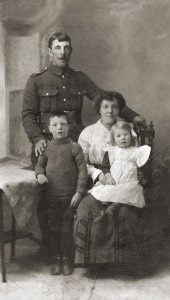 This project started on the 11th of November 1971. It was Armistice Day. A blue sweet tin was taken out of a cupboard by my mother and opened, it contained a scroll, a large bronze penny, a handful of medals and some postcards with lace on them. Most of them had the name of my grandfather on them – Acting Corporal Percy James Parr, a man I never met, and a father that my mother never really knew. There was a photo of him, my mum and her brother Tom on the mantle in a small battered gilt frame. He had died on the 7th of June 1917 in a then unknown field rumoured to be not far from Hill 60 to the south-east of Ypres, just eight weeks shy of my mother’s third birthday. I returned to this tin many times over the years, turning the huge penny in my hands, reading his name, rank and regiment on the ridged edge of the medals, looking at that photo.
This project started on the 11th of November 1971. It was Armistice Day. A blue sweet tin was taken out of a cupboard by my mother and opened, it contained a scroll, a large bronze penny, a handful of medals and some postcards with lace on them. Most of them had the name of my grandfather on them – Acting Corporal Percy James Parr, a man I never met, and a father that my mother never really knew. There was a photo of him, my mum and her brother Tom on the mantle in a small battered gilt frame. He had died on the 7th of June 1917 in a then unknown field rumoured to be not far from Hill 60 to the south-east of Ypres, just eight weeks shy of my mother’s third birthday. I returned to this tin many times over the years, turning the huge penny in my hands, reading his name, rank and regiment on the ridged edge of the medals, looking at that photo.
Eventually in my early twenties the tin passed into my possession and the spark it had lit in my head as a child caught and burned on like a fuse. I wrote to the CWGC, the Royal Fusiliers Museum, and the Western Front Association and started to read anything and everything I could lay my hands on that related to the Great War. With time I began to understand the general dynamic of the conflict, and started to concentrate on aspects of it, specifically the Battle of Messines, It was during this my Grandfather had died. I wanted to find out more about him, his life and what had happened there.
By the 1990s I had a reasonable picture of the events he was involved in. A photocopy of the War Diary for the 1st Royal Fusiliers for the days leading up to the attack had provided me with a strange new Flemish lexicon of place-names, Oosttaverne, Etange de Dickbusche, Dammestrasse, St Eloi, Zillebeke and Wytschaete. The landscape he had existed in was starting to emerge.
At ten past three in the afternoon on the 7th of June 1917 they left their positions and walked out into the bright sunlight. The diary speaks of heat and dust, crossing a Roman road, walking past stuck tanks in the broken ground. Parts of three companies of the first R.F. assembled and, on orders, led an attack on a strongpoint at the junction of the Rosebeke stream and Odyssey Trench. Percy and 13 other ordinary rank and two officers died facing the small arms, machine and field gun fire of the 150th Prussian Regiment. Ultimately the position was taken.
It should end here, but it didn’t. I had to find the spot. By the late 1990s I began forays to the area, recording, photographing and developing an understanding of how the landscape and locations worked. In August 2014, using a combination of trench maps and digital mapping, I stood on a spot under a lowering sun, beside a ditched brook next to a track, in a field of maize where the attack took place, My youngest son picked up a piece of shrapnel from the field edge. They were here. Later, using CWGC records I located where I believe the men were initially buried in a shell hole in the same field, later concentrated as unknowns possibly to Voormezeele No.3 Enclosure a couple of miles away. All of them are remembered with the other missing from the Ypres Salient on the Menin Gate.
From here it broadened out. I started to trace other family members, Herbert Stone at Bavincourt commune brought back injured from Hohenzollern Redoubt, carried along a railway line to an aid post – died of wounds. Sid Northrop – near Passchendaele, his name on a panel at Tyne Cot lost in the mud of Flanders. Then ones who came back – Fred Northrop at Poelcapelle, gassed and invalided out, Alf Ireton, twice wounded, Photos of him eating chips out of paper his belly hanging over his trophy ‘Gott Mit Uns’ belt. Frank Stone in the Navy. Alfred Stone in the R.A.M.C. The women in service – Florence Parr, Kate and Eliza Stone – the maids, mothers, munition workers and land girls, waiting and living with that threat of loss. And of course as you drift you bump into familiar names – friend’s relatives, people you know online, names one-step removed, each one a story untold until you dig. Some featured in the broader exhibition – Capes, Fisher, Riches and Wace are just a few of the many I’ve met along the way.
And all the time around me these landscapes. They are in many ways so familiar to anyone living in East Anglia and the south-east, geological structures and soil types we understand, woods and copses and field patterns we recognise. There is a different layer and depth to history here, and an undeniable otherness about the old front. You find it in the gaps between the beautiful banal normality of farming activities, around the poppy-festooned tourist spots and Great War trails. It seeps out around the monuments and cemeteries and lays like mist in the fields and woods, you find it flaking and rusting on the soil’s surface, and sitting in the damp hollows between the blue clays and muddy pools, and mixed in the furrows the brown loams and bone-white chalk.
As I have wandered I have tried to capture an essence of the landscape, how it feels and seems to me through my own understanding of it and my relationship the people who were and in some cases still are here. This exhibition forms a selected set from a larger collection I feel capture the feeling of the old front as it softens and changes and continues to vanish.
Nick Stone, 2018.
VENUE & OPENING TIMES
Running from 11th to the 25th of November 2018. Open 10 – 4 (Closed Mondays and Tuesdays)
Hungate Medieval Art, St Peter Hungate, Princes Street, Norwich.
For more information click here.
This exhibition is supported by and partnered with the UEA and Paston Footprints.
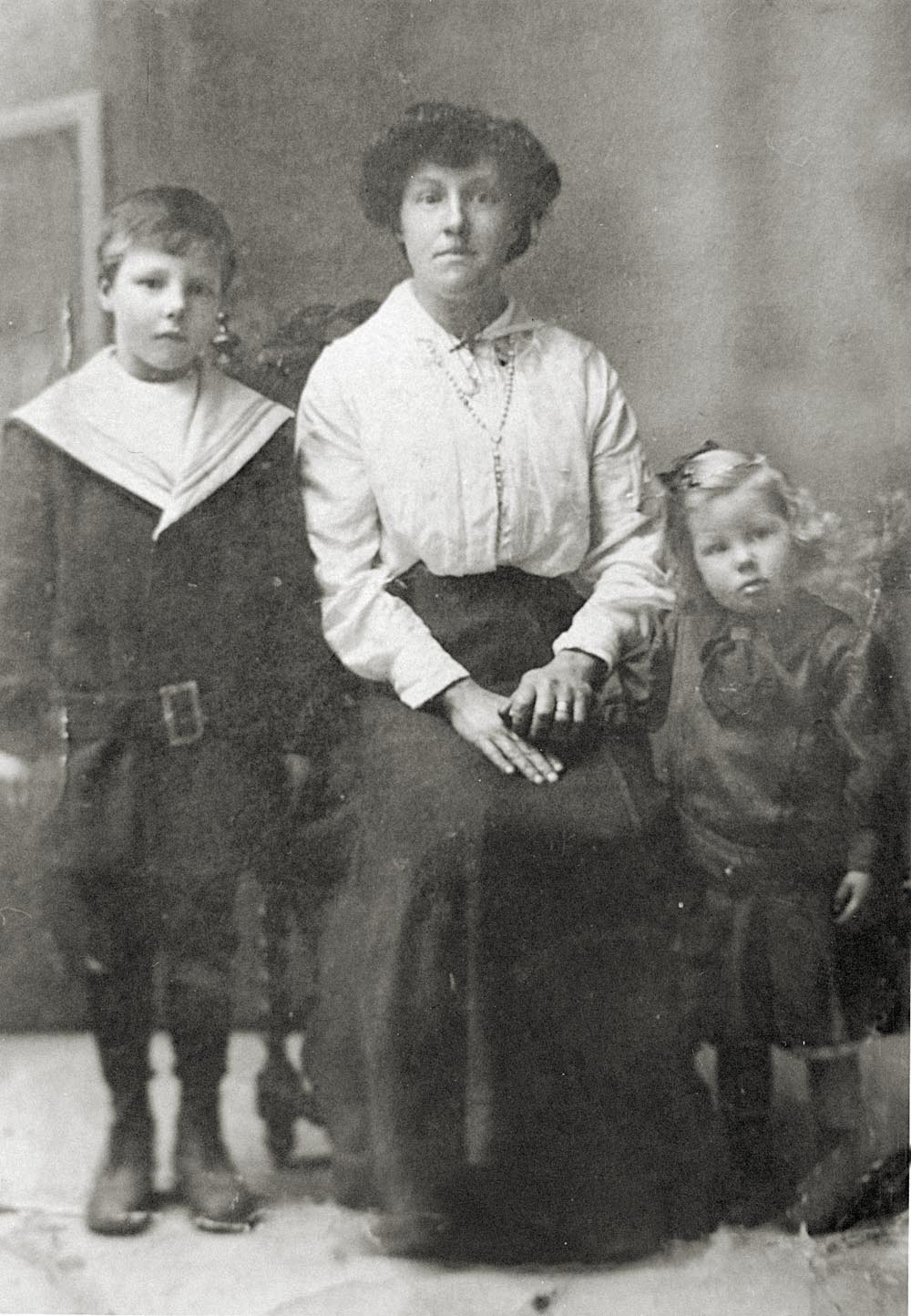
PRINT SHOP
The Vanishing Points Exhibition opens at St Peter Hungate in Norwich on the 11th of November 2018.
Anyone who wishes to buy a Limited Edition or Standard Print can click here and go to the shop to select.
Delivery in the UK is free, please get in touch if you live outside the UK and would like to buy one.
VIEW AND BUY PRINTS
-

Vallee
£50.00 – £90.00 -
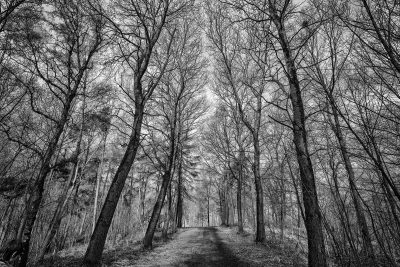
Battle Wood
£50.00 – £90.00 -
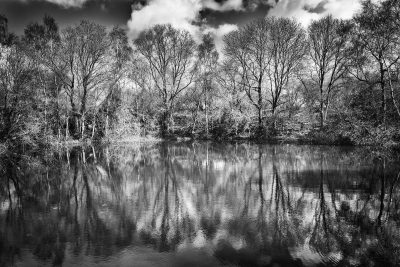
Spanbroekmolen
£50.00 – £90.00 -
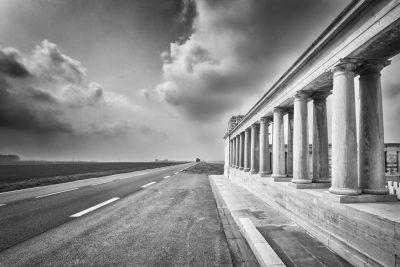
Roman Road
£50.00 – £90.00 -
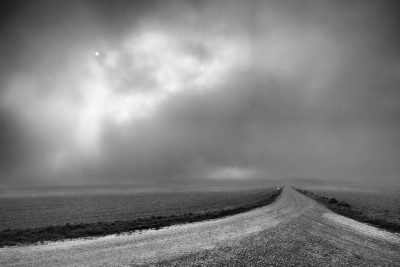
Road to Devil’s Wood
£50.00 – £90.00 -
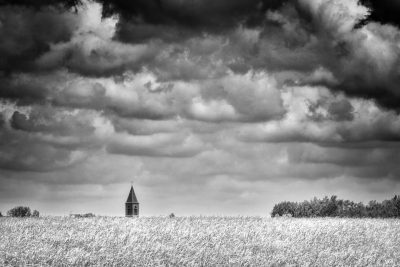
Rise
£50.00 – £90.00 -
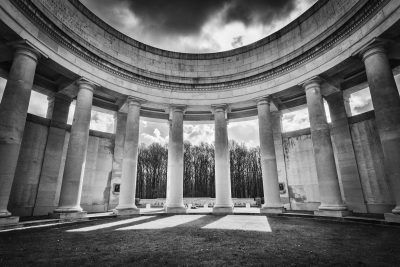
Plug Street
£50.00 – £90.00 -
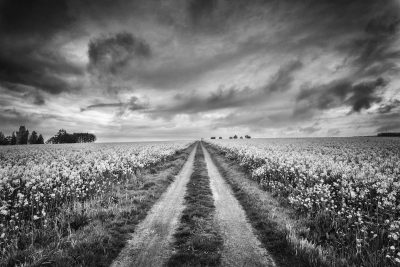
Oilseed path
£50.00 – £90.00 -
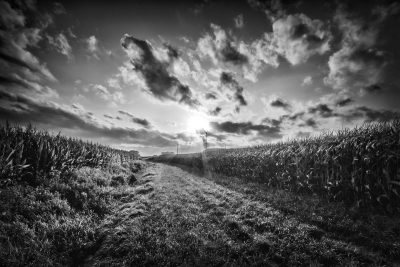
Odyssey
£50.00 – £90.00 -
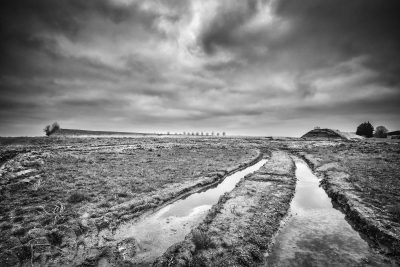
Somme Mud
£50.00 – £90.00 -
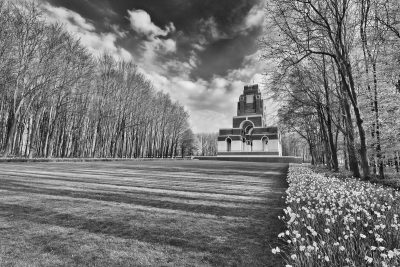
The Missing
£50.00 – £90.00 -
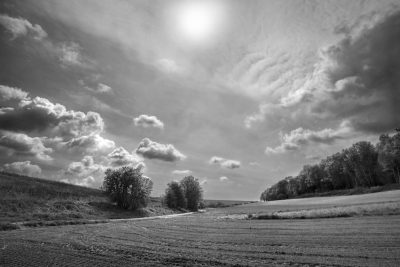
Mametz wood
£50.00 – £90.00 -
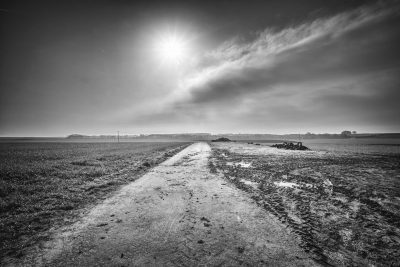
Jumping Off
£50.00 – £90.00 -
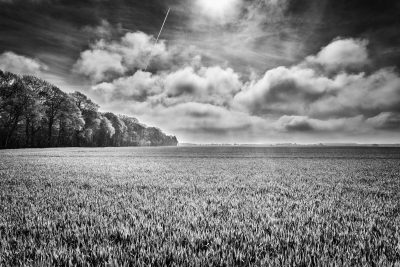
Exact dimensions of hell
£50.00 – £90.00 -
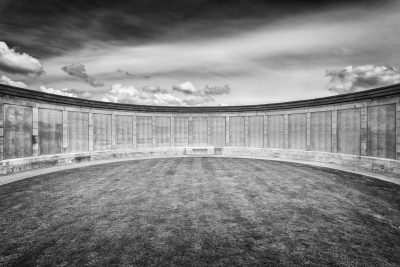
Curve
£50.00 – £90.00 -
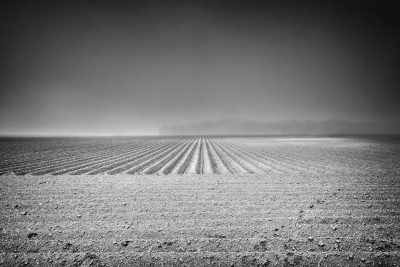
Early Mist
£50.00 – £90.00 -
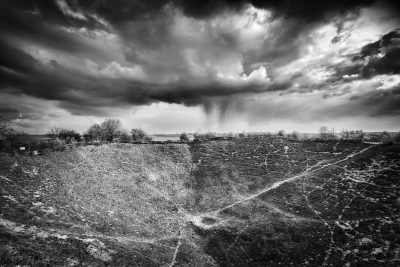
Crater
£50.00 – £90.00 -
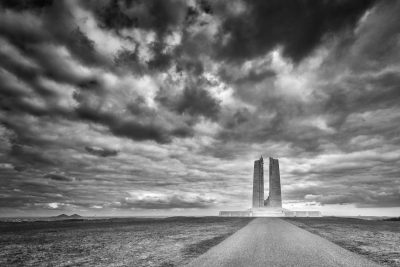
Canada
£50.00 – £90.00 -
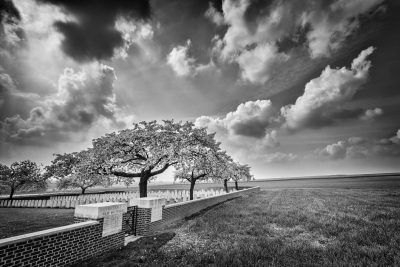
Blossoms
£50.00 – £90.00 -
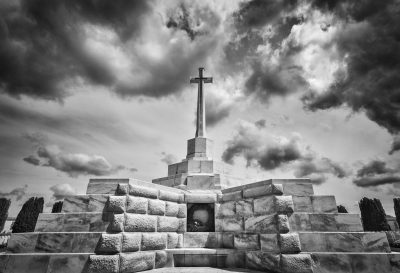
Blockhouse
£50.00 – £90.00 -
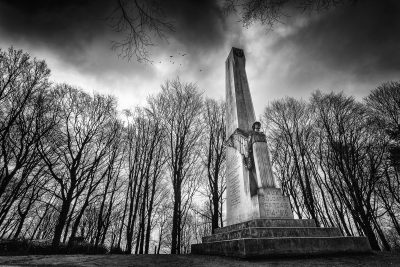
The Sad Angel of Kemmel
£50.00 – £90.00 -

The brooding soldier
£50.00 – £90.00 -
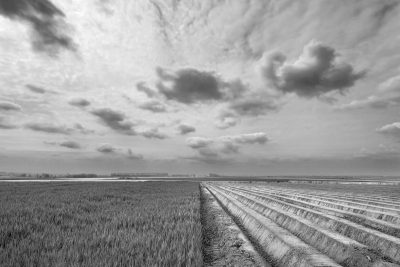
Divisions
£50.00 – £90.00 -
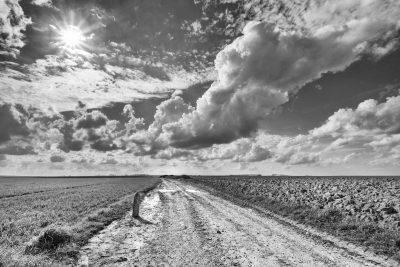
Iron Harvest
£50.00 – £90.00 -
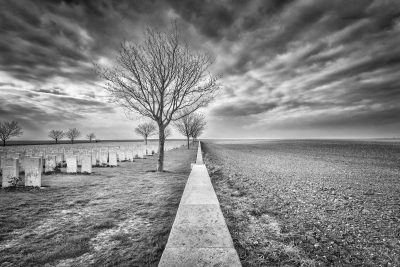
Boundary
£50.00 – £90.00 -
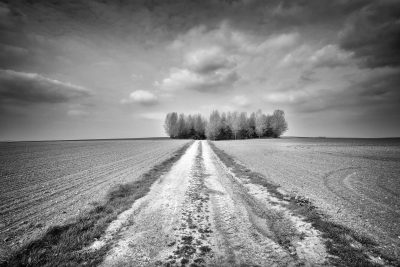
The Redoubt
£50.00 – £90.00 -
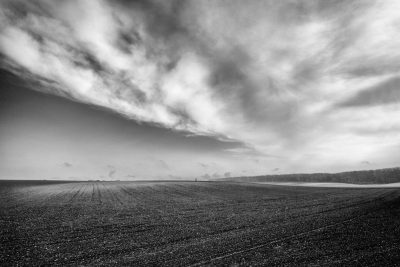
Solitary Fieldwalker
£50.00 – £90.00 -
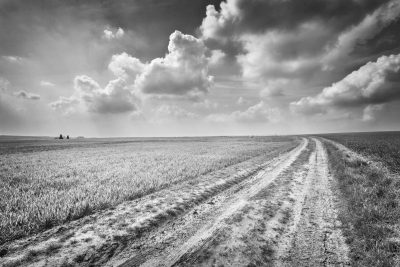
Trackway
£50.00 – £90.00 -
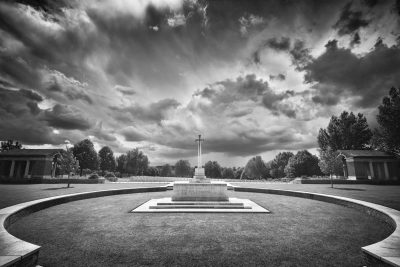
Storm Light
£50.00 – £90.00 -
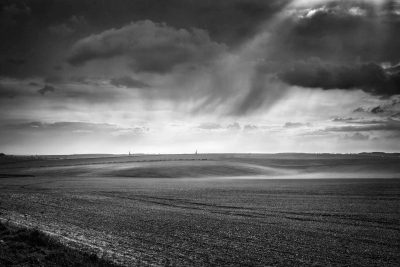
Sausage Valley
£50.00 – £90.00 -
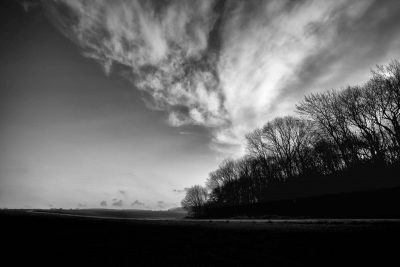
Lost Light
£50.00 – £90.00
